The Role of Fast Green in Peru’s Food Industry: Trends and Opportunities
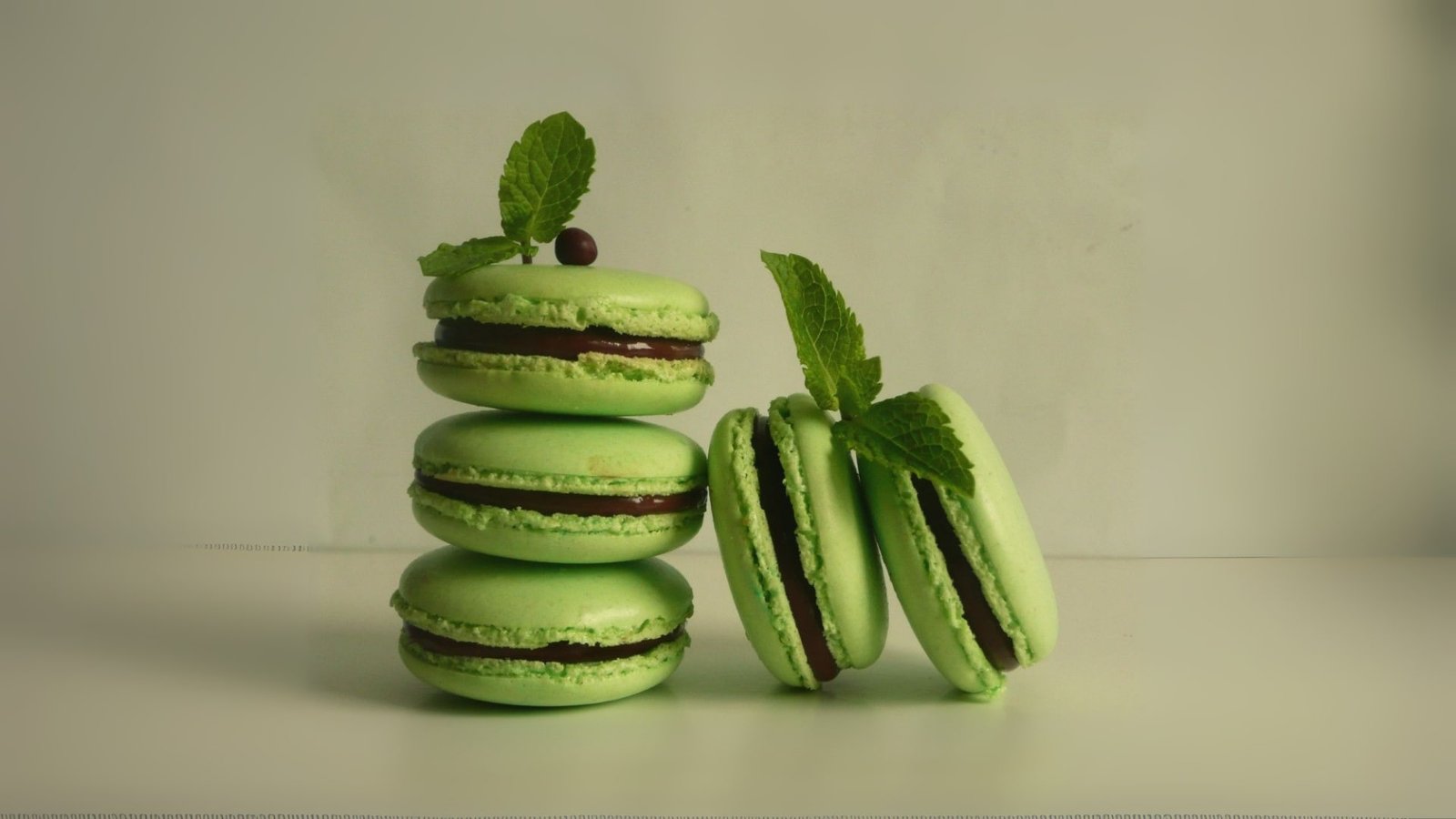
If you’ve ever walked through a Peruvian supermarket and wondered why some sauces, drinks, or sweets have that bright, appetising green, there’s a good chance it’s Fast Green. This food colour has been quietly shaping the look of everyday products in Peru, from bakery fillings to ice lollies.
In Peru, Fast Green is popular because it gives a clean, consistent shade that works well in both baked goods and cold desserts. Whether it’s a creamy bakery filling or a flavoured jelly, the right shade of green can make the product look more appealing and help customers remember it.
For food brands, this isn’t just about beauty, it’s about creating a product people want to pick up again. And in a market where presentation counts, Fast Green is often the quiet tool behind that success.
What Exactly Is Fast Green and Why Peru Uses It a Lot?
Fast Green is a food colour that gives snacks and drinks a bright, fresh green shade. It mixes easily in recipes and holds its colour, whether the food is served hot on the coast or chilled in the highlands.
In Peru, you’ll see it everywhere. Bright green jelly cups in Lima’s supermarkets, refreshing lime-flavoured drinks in Arequipa, soft candies at local markets, and even colourful ice creams sold by street vendors. Some creamy sauces, like those used in snacks and ready meals, also rely on Fast Green so they look the same in every pack.
Peruvian brands use it because shoppers here like food that looks fresh and consistent. It’s a small detail, but in a country that loves bold flavours and colourful plates, Fast Green helps products stand out and catch the eye.
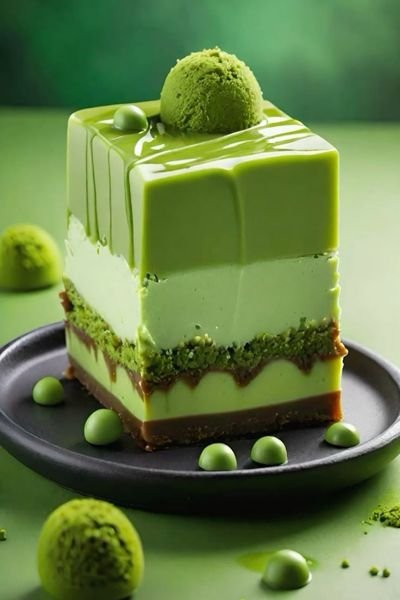
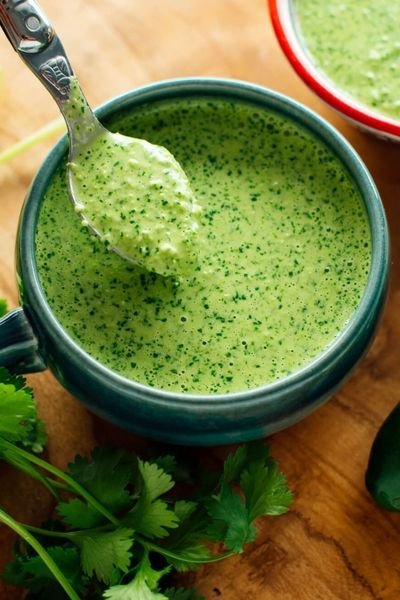
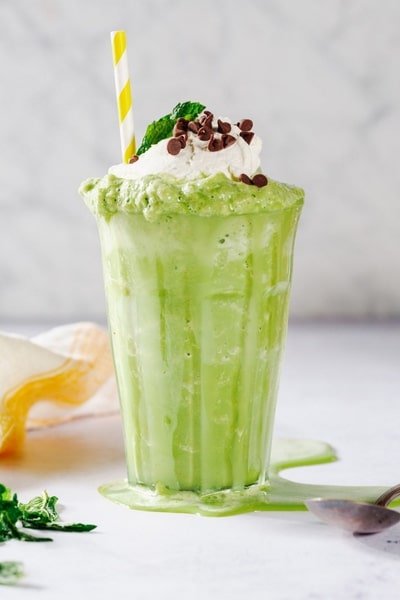
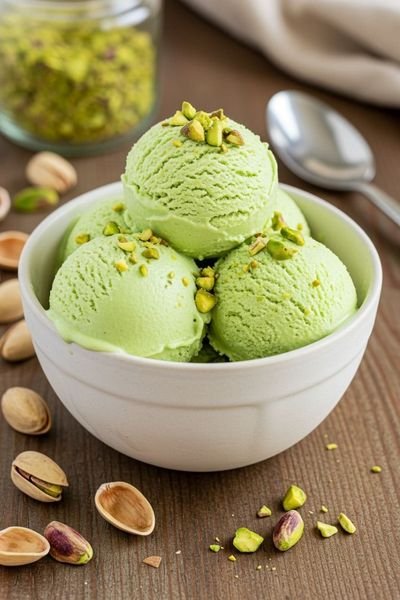
The Numbers Tell the Story: Peru’s Rising Need for Food Colours
Peru’s food industry is growing fast, and colour plays a big part in it. From bottled drinks to sweets and sauces, brands know that appearance can be just as important as taste. Shoppers in Peru are drawn to foods that look fresh, bold, and consistent.
Green shades are getting more shelf space. Market data shows a steady rise in products using synthetic green food colours like Fast Green. It’s especially common in flavoured drinks, jellies, and bright snacks that need to stay eye-catching even after weeks in storage.
Imports are also on the rise. In the last three years, Peru’s synthetic food colour imports have grown by about 18%, showing how strongly local manufacturers rely on them to meet demand and keep products looking the same, batch after batch.
Is Fast Green Safe? How to Pick the Right Quality
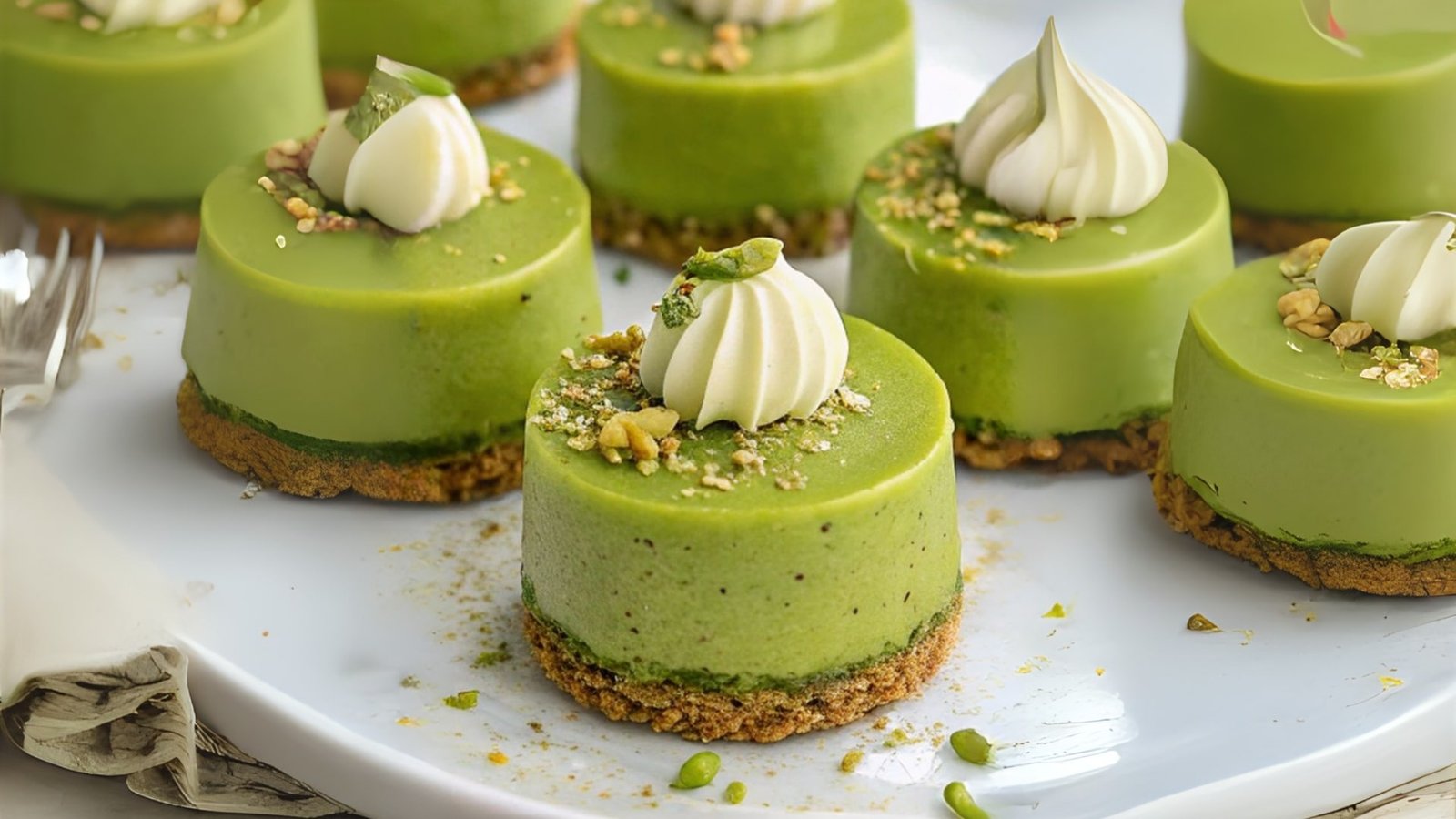
If you work with food colours, you already know how much trust matters. Fast Green is safe when it is made to strict food-grade standards. The problem is, not every batch on the market makes the cut. Some can lose colour too quickly, fail safety tests, or give you inconsistent results.
That is why the best brands stick to certified suppliers. Labels like ISO and approved food safety marks mean the Fast Green you use has been tested and is ready for your recipe. In Peru, where bright colours sell fast, quality is the smartest safeguard you have.
In Peru, using Fast Green is more than adding colour to your drinks, sweets, or sauces. The law sets clear limits on how much can go in, and it must meet food-grade quality standards.
Labels must clearly list the additive as “Fast Green FCF” with its E-number, E14
What You Get When You Work With Aurogenesis
Walk into a shop in Lima and you’ll notice something interesting. The right shade of green in a drink or dessert can make it feel fresher, sweeter, or even healthier before you’ve tasted it. That’s the power of colour in food marketing, and Fast Green plays a big role in it.
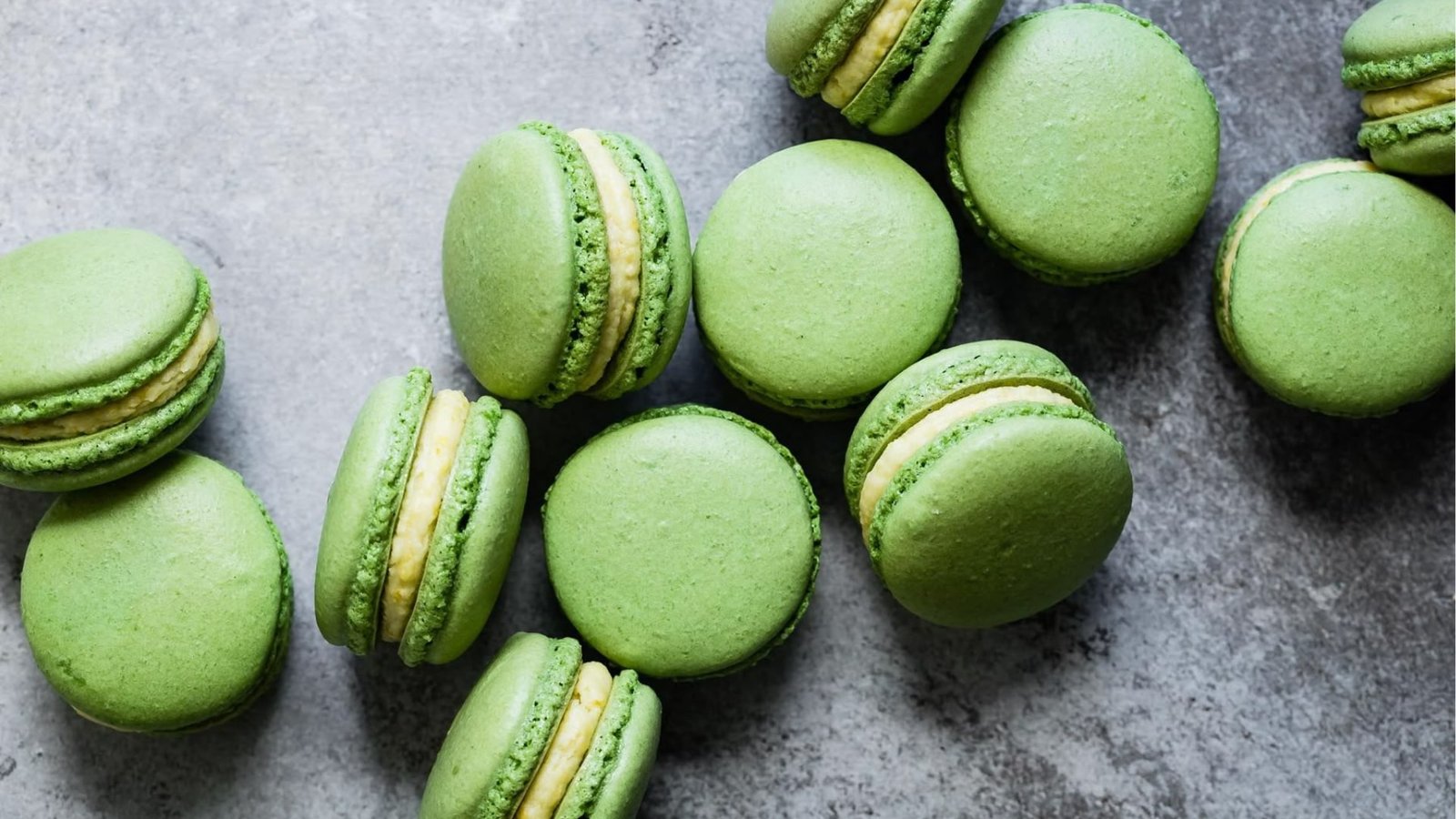
In Peru, brands like Inca Kola’s flavoured drinks and certain herbal sweets use specific green tones to trigger trust and appetite. A slightly deeper green might hint at rich flavour, while a brighter green can suggest natural or zesty freshness. People often link green with safety, clean ingredients, and even better taste, which can influence buying decisions without them realising it.
If you get the shade right, customers are more likely to pick your product off the shelf. Miss it, and it could blend in with the rest, no matter how good it tastes.
Aurogenesis – Your Reliable Source for Fast Green
We know colour is not just about looks, it’s about quality, trust, and meeting market expectations. At Aurogenesis, we manufacture and export Fast Green that meets international safety standards and delivers consistent results across batches. Our products are tested for purity, strength, and stability, so you get exactly what you need every time.
If you are looking for a supplier who understands the balance between performance, compliance, and market appeal, Aurogenesis is the partner you can rely on.
If you are looking for a supplier who understands the balance between performance, compliance, and market appeal, Aurogenesis is the partner you can rely on.We work closely with importers, distributors, and brands to provide not just colour, but support and insight into how to use it effectively. From meeting regulatory requirements in Peru to ensuring your finished products hold their visual appeal, we’re here to help you grow with confidence.
FREQUENTLY ASKED QUESTIONS :
What is Fast Green and what is its role in food coloring?
Fast Green (also known as Food Green S, sometimes tagged as FD&C Green No. 3 in some regions) is a synthetic green dye used to impart green hues in food, beverages, confectionery, and sometimes decorative elements. Its role is aesthetic—giving vibrancy and attractive color to products.
Is Fast Green approved for use in Peru?
Assuming regulatory alignment, Fast Green would need to be permitted under Peru’s food additive laws or sanitary regulations. Approval depends on national food safety authorities, acceptable usage levels, and compliance with import requirements.
Are there any recent trends in consumer demand in Peru for cleaner labels or natural colors, reducing reliance on synthetic dyes like Fast Green?
Yes, globally and likely in Peru too, consumers are more health-conscious. Demand is rising for natural and “no artificial color” labels. This trend could push food producers to use natural colorants or reduce dye use.
What supply chain challenges exist for importing Fast Green into Peru?
Potential challenges: regulatory approvals, quality control (purity, absence of contaminants), cost of importing synthetic dyes, labelling compliance, certification (e.g. food-grade, safety, maybe Halal or other dietary certifications).
How does climate or Peru’s local environmental conditions affect the use of Fast Green and alternative colorants?
Heat, humidity, storage conditions in parts of Peru can degrade natural dyes, making synthetic dyes like Fast Green more stable. But natural dyes could have [challenges] unless formulations and packaging are optimized.
Do food safety/quality labs in Peru have the testing capacity to verify Fast Green purity and safety?
Many do as food safety regulators or private labs—but capacity may vary. Reliable labs would perform HPLC, spectrophotometry etc., to test for dye concentration, contaminants, and compliance.
How can consumers know if a product contains Green S?
By reading the ingredients list for “Green S”, “Food Green S”, “E142”, or “Brilliant Green BS” on packaging. Regulatory law usually requires that additives be listed.